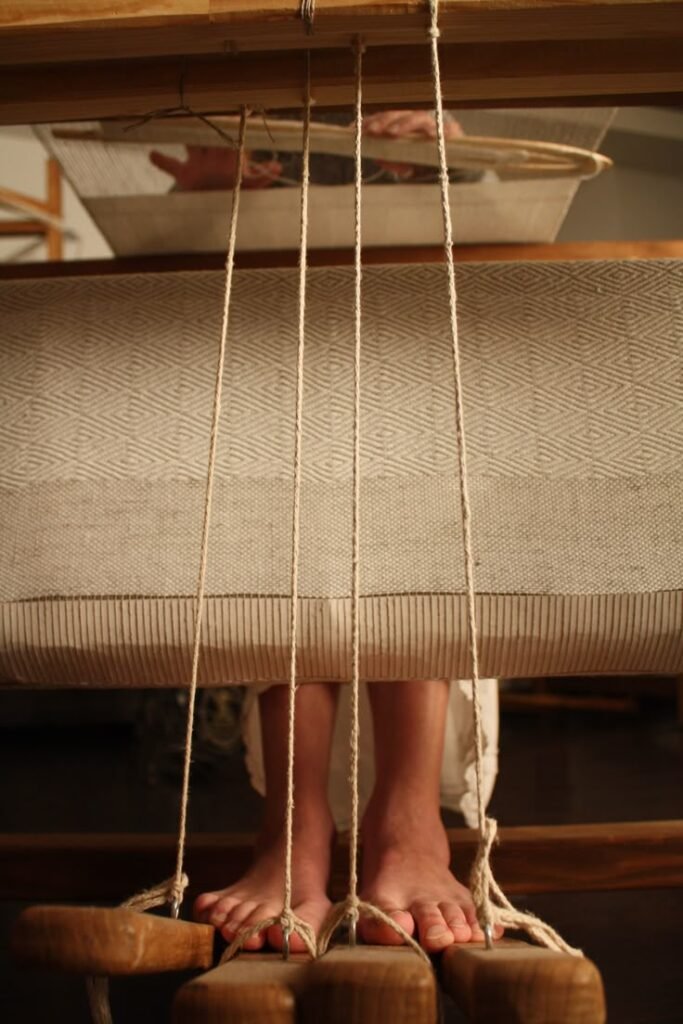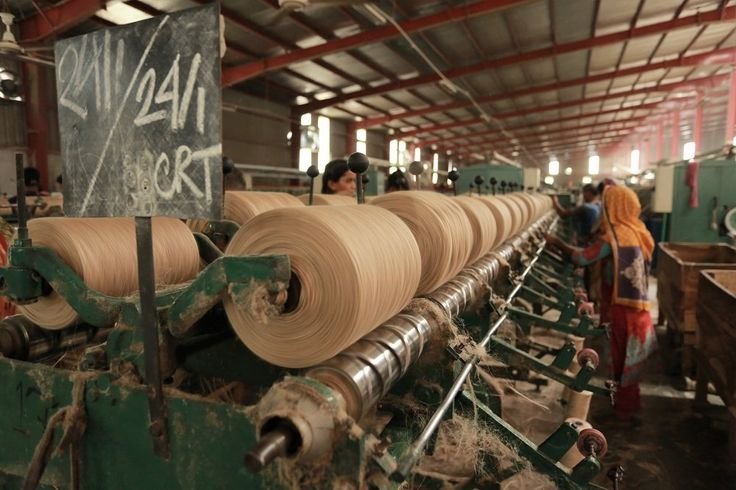Introduction
Jute rugs have become a staple in eco-friendly home décor, but have you ever wondered about the journey they take from farm to floor? At More Textiles, one of India’s leading manufacturers and exporters of jute rugs, we take pride in crafting high-quality, sustainable rugs that are not only beautiful but also environmentally responsible. Let’s explore the fascinating journey of a jute rug—from its humble beginnings as a plant to becoming a stylish home accessory.
Step 1: Cultivating Jute – The Golden Fiber

Jute, often called the “golden fiber,” is primarily grown in India and Bangladesh. It thrives in warm, humid climates and requires minimal use of pesticides, making it one of the most sustainable natural fibers. Farmers sow jute seeds during the monsoon season, and within four to six months, the plants are ready for harvesting.
Step 2: Harvesting and Retting

Once the jute plants mature, they are cut and left to soak in water for a few weeks in a process called retting. This allows the fibers to separate from the stalk naturally. The fibers are then stripped, washed, and dried in the sun, giving them their signature golden hue.
Step 3: Spinning and Weaving
After drying, the raw jute fibers are spun into yarn, which is then woven into various patterns and textures. Skilled artisans use traditional handlooms or modern machines to create intricate designs, ensuring that every jute rug is a masterpiece of craftsmanship. At More Textiles, we specialize in a variety of jute rug styles, from simple braided designs to complex handwoven patterns.
Step 4: Dyeing and Finishing
Natural jute rugs often maintain their earthy tones, but they can also be dyed in different colors to suit contemporary trends. Once dyed, the rugs undergo finishing processes such as trimming, backing, and quality checks to ensure durability and aesthetic appeal.
Step 5: Packaging and Exporting
After passing strict quality control measures, the jute rugs are carefully packaged and prepared for shipment to global markets. More Textiles exports jute rugs to various countries, meeting the increasing demand for sustainable and stylish floor coverings worldwide.
Conclusion
From the fertile farms of India to stylish homes across the globe, jute rugs have an incredible journey. At More Textiles, we are committed to preserving traditional craftsmanship while embracing sustainable practices. If you’re looking for high-quality, eco-friendly jute rugs, get in touch with us today!


Thank you for sharing excellent informations. Your web-site is so cool. I am impressed by the details that you have on this web site. It reveals how nicely you perceive this subject. Bookmarked this website page, will come back for extra articles. You, my pal, ROCK! I found simply the information I already searched all over the place and just could not come across. What an ideal web site.